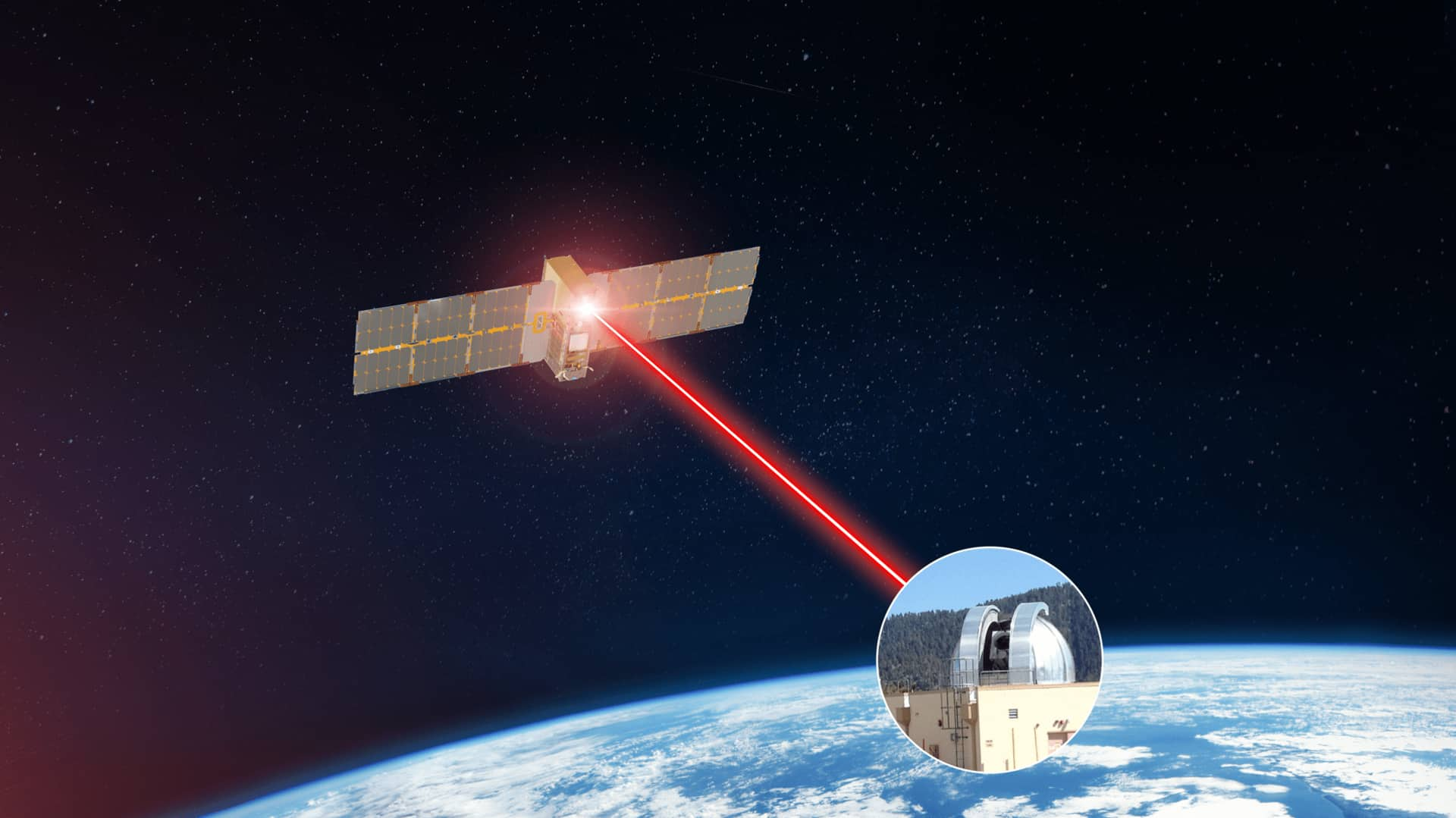
NASA establishes fastest space-to-ground laser communications link: Know its significance
What's the story
NASA, along with its collaborators, has scored another significant milestone in space communications. The agency's latest space-to-ground communications link, between a satellite in orbit and Earth, gave a throughput of 200 gigabits per second. This is the "highest data rate ever achieved by optical communications technology," per NASA. In other words, communications from space will now be faster, and more data can be transmitted.
Current tech
NASA currently uses radio for space communications
NASA mostly uses radio for space communications, where the data transmission is similar to how phones communicate with a cell tower. The high-speed capabilities of the latest laser communications will allow more data to be relayed during transmissions from space. Given that NASA plans to establish long-term presence on the Moon and missions to Mars, a faster and more effective communications system is imperative.
Process
How was the new communications link established?
The high data rates were possible due to laser communications, also called optical communications, which "packs information into the oscillations of light waves in lasers, instead of using radio waves like most space communications systems," explained NASA in a blog. The communications link was achieved using TeraByte InfraRed Delivery (TBIRD) system, which was shipped to orbit by NASA's Pathfinder Technology Demonstrator 3 (PTD-3) satellite.
Significance
TBIRD can relay several terabytes of data to Earth
Owing to the latest communications link, TBIRD can relay several terabytes of data to Earth "during a single six-minute pass over a ground station." For reference, a single terabyte is roughly equal to 500 hours of HD video. The same team achieved speeds of 100Gbps using the TBIRD system in June 2022 and now they have beat that record.
Official words
'This capability will change the way we communicate in space'
"Achieving 100Gbps in June was groundbreaking, and now we've doubled that data rate. This capability will change the way we communicate in space," said Beth Keer, TBIRD's mission manager. "Just imagine the power of space science instruments when they can be designed to fully take advantage of the advancements in detector speeds and sensitivities, furthering what AI can do with huge amounts of data."
Payload
PTD-3 remains in a "fixed" position relative to the Sun
In the Earth's orbit, the PTD-3 satellite remains in a "fixed" position relative to the Sun. Its positioning allows PTD-3 to "pass over the ground station on Earth at the same time twice each day so TBIRD can test this space-to-ground communications link." PTD-3 measures roughly the size of two stacked cereal boxes while TBIRD is the size of an average tissue box.